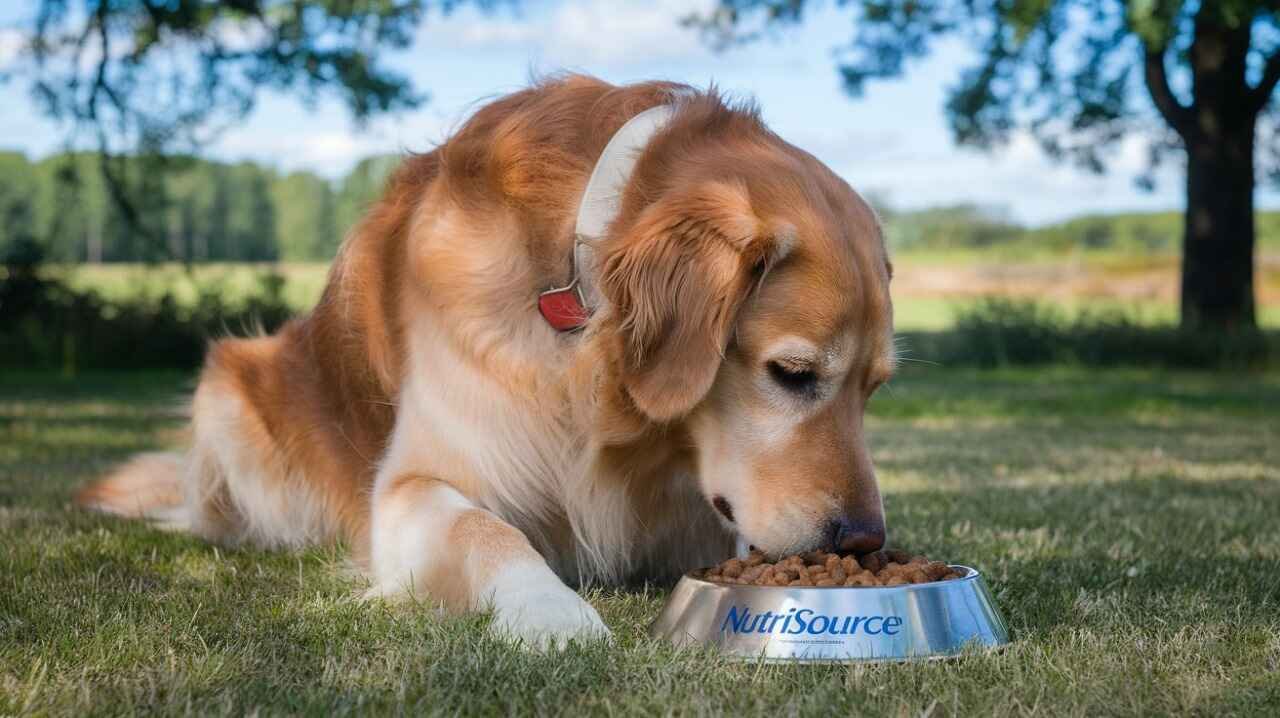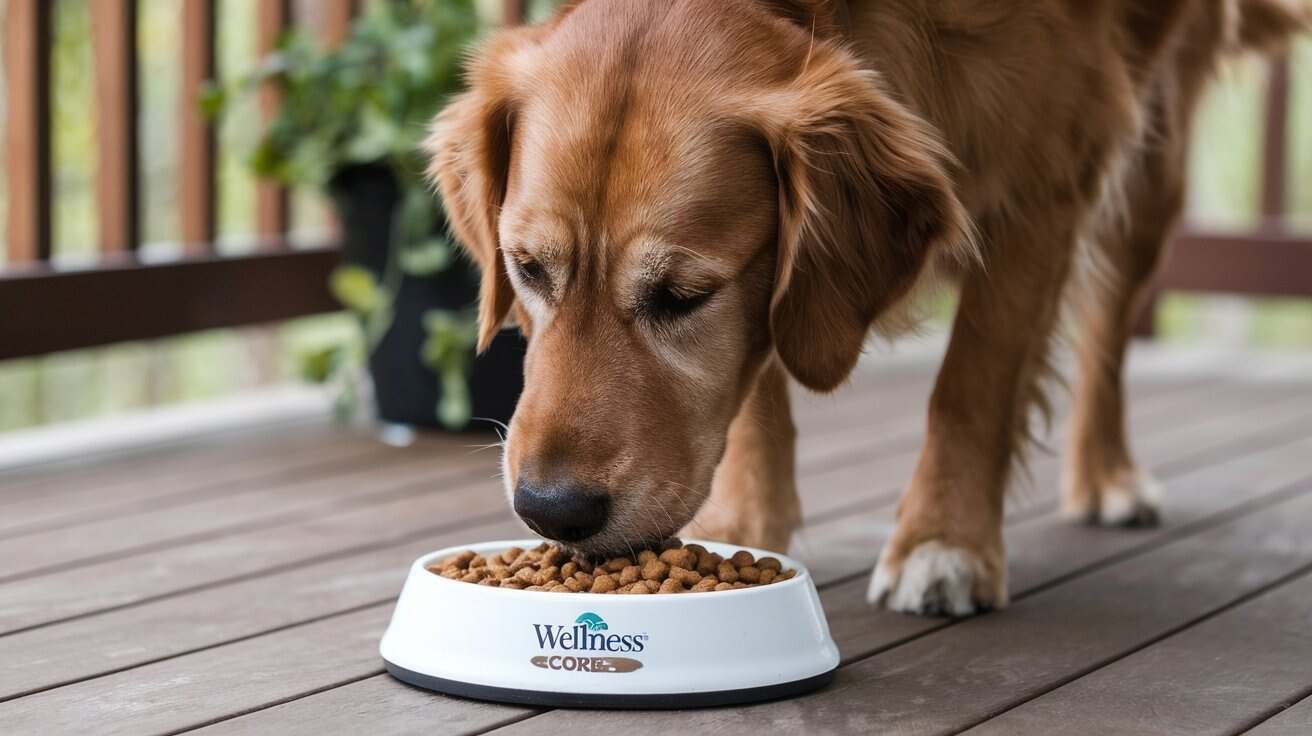As dog owners, we often wonder if the foods we enjoy are safe for our furry companions. Among the many questions, one that pops up frequently is, “Can Dogs Eat Olives?” If you’ve ever caught your dog eyeing your plate of Mediterranean treats, you’re not alone. In this detailed guide, we’ll answer this question, explain the potential benefits and risks of feeding olives to your dog, and offer tips to keep them safe.
What Are Olives?
Olives are small fruits that grow on olive trees, primarily found in Mediterranean regions. They are often consumed as a snack, used as toppings, or pressed into olive oil. But what about seafood, like prawns? Can Dogs Eat Prawns? Prawns, like olives, can be a healthy treat for dogs when prepared properly and given in moderation. However, it’s essential to avoid adding salt, spices, or seasonings. There are two main types of olives:
- Black Olives: These are fully ripe and have a milder taste.
- Green Olives: These are unripe and tend to be firmer and more bitter.
While olives are packed with nutrients beneficial for humans, the same doesn’t always apply to dogs.
Can Dogs Eat Olives?
Yes, dogs can eat olives in moderation, but there are important caveats. Plain, unsalted olives can be a safe and occasional treat. Similarly, can dogs eat bananas? The answer is also yes, as bananas are a dog-friendly fruit when given in moderation. However, olives that are salted, spiced, or stuffed with ingredients like garlic can pose health risks to your pet, just as too many bananas might lead to digestive issues.
When offering olives to your dog, always ensure they are plain and free from harmful additives.
Nutritional Benefits of Olives for Dogs
Plain olives offer some nutritional benefits for dogs when given in moderation:
1. Rich in Healthy Fats
Olives contain monounsaturated fats that support a shiny coat and healthy skin.
2. Packed with Antioxidants
Olives have antioxidants that can combat inflammation and support your dog’s immune system.
3. Vitamins and Minerals
Olives are a source of vitamin E, iron, and copper, which contribute to overall health.
4. Low in Calories
For dogs on a controlled diet, a small olive can be a low-calorie snack.
Risks of Feeding Olives to Dogs
While plain olives are safe, certain risks make it important to proceed with caution:
1. High Sodium Content
Most store-bought olives are preserved in brine, which is high in salt. Excess sodium can lead to dehydration, high blood pressure, or sodium poisoning in dogs.
2. Choking Hazard
The pits in olives can pose a choking hazard, especially for small dogs. They can also damage teeth or cause intestinal blockages.
3. Additives and Fillings
Many olives are stuffed with ingredients like garlic, onion, or blue cheese—all of which are toxic to dogs.
4. Allergic Reactions
Some dogs may have allergies or sensitivities to olives, leading to upset stomachs or diarrhea.
Tips for Feeding Olives to Your Dog
If you’ve decided to share olives with your dog, follow these steps to ensure their safety:
Step 1: Choose Plain Olives
Ensure the olives are free from salt, spices, and fillings. Look for unsalted, unseasoned olives.
Step 2: Remove the Pit
Always remove the pit before giving olives to your dog to avoid choking or dental injuries.
Step 3: Offer in Moderation
Start with a small amount to see how your dog reacts. Limit treats to occasional indulgences.
Step 4: Monitor Your Dog
Watch for any signs of allergies or stomach upset, such as vomiting or diarrhea. If symptoms persist, consult your veterinarian.
Anecdotes: Real-Life Experiences
“I once gave my Labrador, Bella, a plain black olive to try. She loved it! However, I made sure to remove the pit and only gave her one. I later found out about the dangers of stuffed and salty olives, so I’m extra cautious now. Similarly, it made me wonder, can dogs eat courgette? After researching, I found that courgettes are a safe and nutritious option for dogs when cooked and given in moderation.”
“My Chihuahua, Max, got into a bowl of green olives at a family gathering. Thankfully, we caught him before he ate too many. After that scare, we’re careful to keep such foods out of his reach.”
Additional Considerations for Dog Owners
- Consult Your Vet: Before introducing any new food, including olives, consult your veterinarian. They can provide guidance tailored to your dog’s specific dietary needs.
- Stick to Dog-Specific Treats: While olives can be a fun occasional snack, prioritize treats formulated specifically for dogs. These are designed with your pet’s nutritional needs in mind.
- Avoid Overfeeding: Even healthy snacks can lead to weight gain or upset stomachs if overfed. Treats should make up no more than 10% of your dog’s daily caloric intake.
FAQs
What Happens if a Dog Eats Too Many Olives?
What symptoms should you watch for if your dog overindulges in olives?
Can Dogs Eat Olive Oil?
Olive oil is a derivative of olives. Is it safer or healthier for dogs?
Are Organic Olives Safer for Dogs?
Does choosing organic olives reduce the risks associated with additives or pesticides?
Can Dogs with Health Conditions Eat Olives?
Are olives safe for dogs with specific conditions like kidney disease or high blood pressure?
Final Thoughts: Can Dogs Eat Olives?
The answer is yes, but with precautions. Can Dogs Eat Olives safely? Only if they are plain, unsalted, and given in moderation. While olives can be a healthy treat, they’re not a necessary part of a dog’s diet. Always prioritize dog-specific foods and consult your veterinarian if you have concerns about introducing new snacks.
Can Dogs Eat Olives? By taking these steps, you can enjoy peace of mind knowing you’re keeping your furry friend happy and healthy. For more tips on dog nutrition, visit Dogs Daily Hub.



